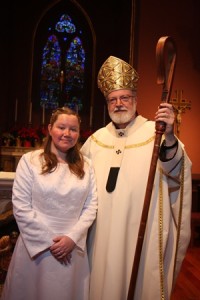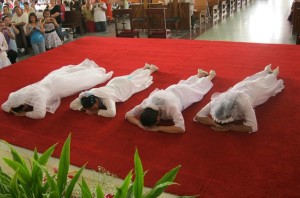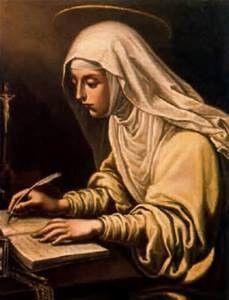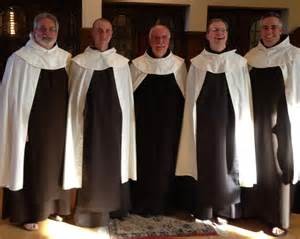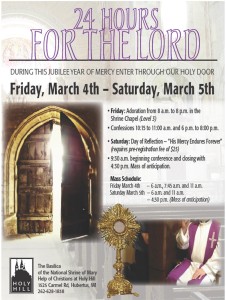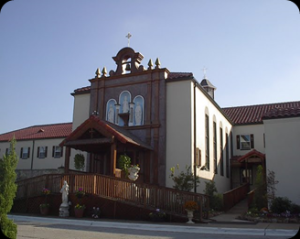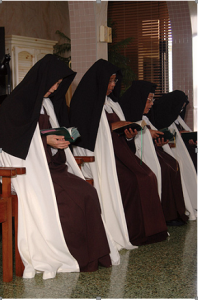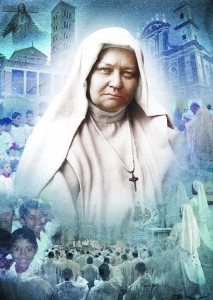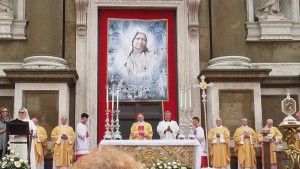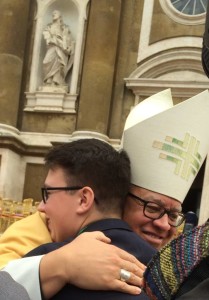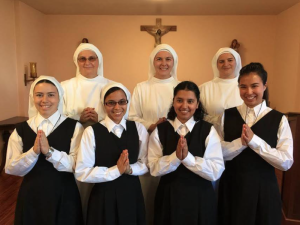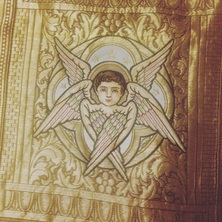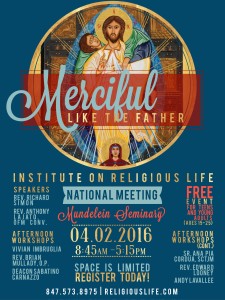 The Institute on Religious Life cordially invites youth and young adults to the Saturday, April 2nd session of the 2016 IRL National Meeting on the beautiful campus of Mundelein Seminary. The Saturday session is completely free (lunch included) for young people who register in advance and is a great opportunity to expose them to the gift of consecrated life.
The Institute on Religious Life cordially invites youth and young adults to the Saturday, April 2nd session of the 2016 IRL National Meeting on the beautiful campus of Mundelein Seminary. The Saturday session is completely free (lunch included) for young people who register in advance and is a great opportunity to expose them to the gift of consecrated life.
The theme for the National Meeting is “Merciful Like the Father! Celebrating the Year of Mercy.” This special time of grace is intended to challenge all of us to seek out God’s merciful love in our own lives so that we can become instruments of Divine Mercy to others.
Each year over 250 young people from all over the country including Michigan, Minnesota, Nebraska and Wisconsin attend this powerful session. You’ll see from this year’s youth program flyer that we have a great lineup of speakers and workshops scheduled including Rev. Richard Simon aka “Father Know It All” from Relavant Radio and Rev. Anthony Lajato, OFM Conv. from Marytown. The session will conclude with 4 p.m. Mass celebrated by Most Rev. Robert F. Vasa, Bishop of Santa Rosa and IRL President.
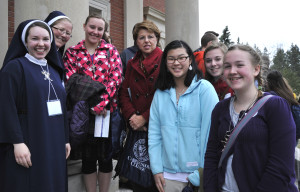
As an added bonus this year, an informative and inspiring Shroud of Turin Exhibit will be on display! After extensive medical, historical and scientific research, the Center for the Study of the Passion of the Christ and the Holy Shroud developed this instructive exhibit explaining the history and the scientific evidence. The exhibit features a full-length image of the Shroud and a life-size corpus of Our Lord reflecting the Gospel narratives and scientific findings. It is truly a fascinating and life-changing experience!
Join the IRL April 2nd in celebrating the Jubilee Year of Mercy at the 2016 National Meeting! For more information and to sign up please visit our website.



